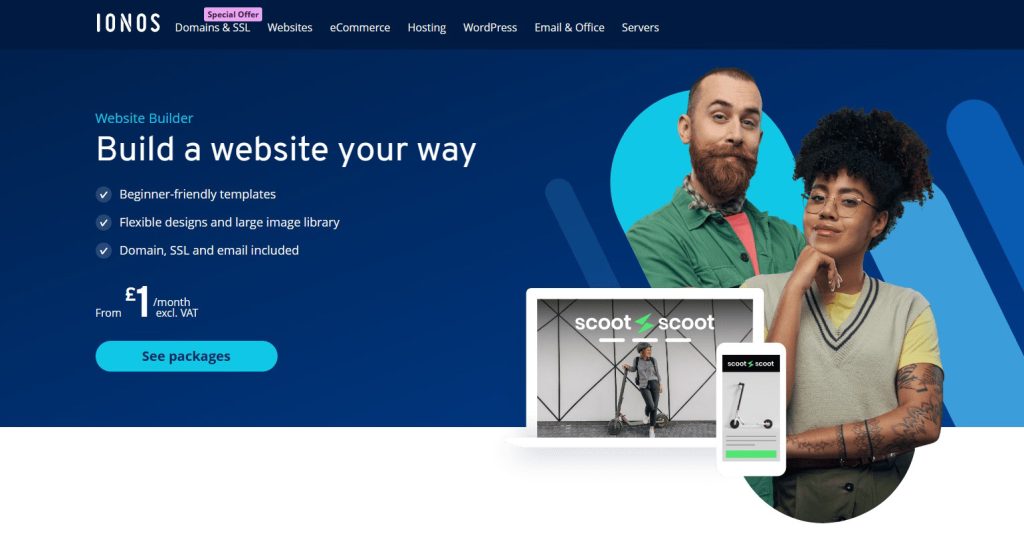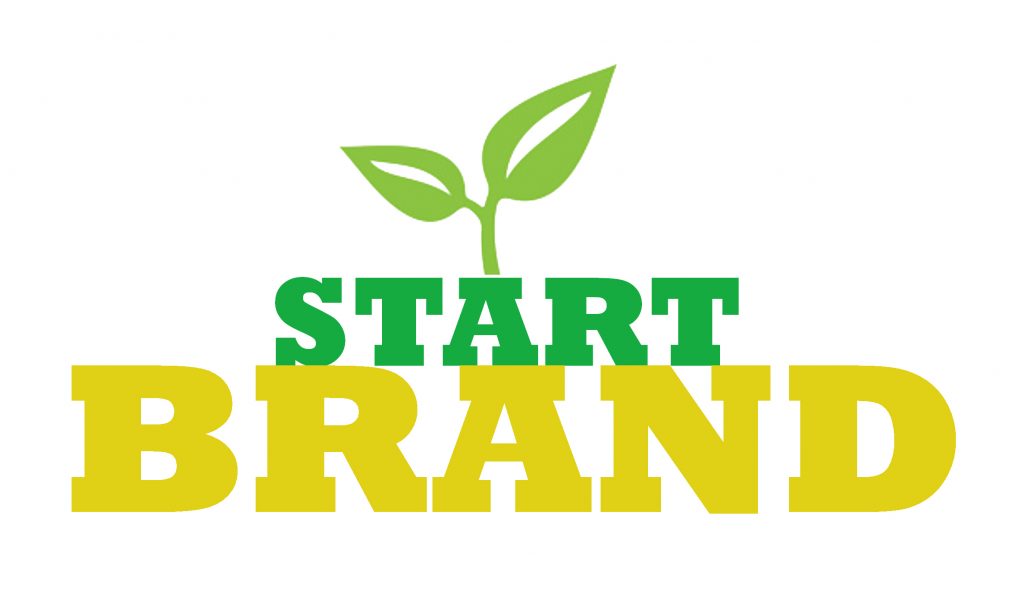Renata’s Guide Positive Thinking Law Of Attraction Exercise & Neuroplasticity
Neuroplasticity
Neuroplasticity, also known as brain plasticity, is the ability of the brain to change and adapt throughout a person’s lifetime. The term “plasticity” refers to the brain’s malleability or ability to reshape and reorganize its neural connections in response to new experiences, learning, and development.
Traditionally, scientists believed that the brain was static and fixed after a certain age and that the number of neurons and connections was determined by genetics. However, recent research has demonstrated that the brain is highly dynamic and that it is constantly changing in response to experience, learning, and injury.
One of the most fascinating aspects of neuroplasticity is that it is not limited to a specific area of the brain. Rather, the entire brain can be rewired, as neurons create new connections and strengthen existing ones in response to stimuli. This means that a person’s behavior, thoughts, and emotions can all be influenced by changes in the brain’s neural networks.
Neuroplasticity occurs through a process called synaptic plasticity, which involves the strengthening or weakening of connections between neurons. This occurs through two main mechanisms: long-term potentiation (LTP) and long-term depression (LTD). LTP occurs when repeated activation of a neural pathway leads to the strengthening of synapses between neurons, while LTD occurs when a pathway is not frequently used and results in the weakening of synapses.
Neuroplasticity plays a crucial role in brain development, learning, and recovery from injury. In children, the brain is highly plastic and can easily adapt to new experiences and learning. This is why early childhood is such a critical period for brain development, as experiences during this time can shape the brain’s neural networks for a lifetime.
Neuroplasticity also plays an important role in recovery from brain injuries, such as strokes and traumatic brain injuries. The brain can reorganize and create new neural connections to compensate for damage to specific areas, which can help patients regain lost functions.
In recent years, researchers have explored the potential of neuroplasticity for treating a range of neurological and psychiatric disorders. For example, studies have shown that mindfulness meditation can increase neural plasticity in the brain, leading to improvements in mood, attention, and emotional regulation.
Similarly, cognitive-behavioral therapy (CBT) has been shown to promote neuroplasticity in the brain, leading to improvements in symptoms of depression, anxiety, and post-traumatic stress disorder (PTSD).
Neuroplasticity is a fascinating and essential aspect of brain function that underlies our ability to learn, adapt, and recover from injury. As our understanding of this process grows, it may open up new possibilities for treating neurological and psychiatric disorders, as well as for enhancing cognitive performance and emotional well-being.
Renata’s Positive Thinking Law of Attraction Exercise
Renata’s Positive Thinking Law of Attraction Exercise is a powerful tool to help individuals manifest their goals and desires. The Law of Attraction states that positive thoughts and feelings attract positive experiences and circumstances into one’s life. Renata’s exercise focuses on using positive thinking and visualization techniques to activate the Law of Attraction and create the life one desires.
The exercise begins by setting clear and specific goals. It is important to identify what one wants and be as specific as possible. This helps to create a clear mental image of the desired outcome, which is essential for the Law of Attraction to work effectively.
Renata advises individuals to create a positive mindset by focusing on positive thoughts and feelings. This can be achieved by using affirmations, positive self-talk, and gratitude. Affirmations are positive statements that are repeated to oneself to create a positive mindset. Positive self-talk involves replacing negative thoughts with positive ones. Gratitude is the act of being thankful for the blessings in one’s life.
Once a positive mindset is established, Renata recommends using visualization techniques to create a mental image of the desired outcome. Visualization involves imagining oneself already in possession of the desired outcome. This creates a positive emotional state and helps to attract the desired outcome into one’s life.
Finally, Renata advises individuals to take action toward their goals. This involves taking small steps towards the desired outcome, even if they are not sure of the outcome. Taking action toward one’s goals creates momentum and helps to attract the desired outcome into one’s life.
Renata’s Positive Thinking Law of Attraction Exercise is a powerful tool to help individuals manifest their goals and desires. By setting clear goals, creating a positive mindset, using visualization techniques, and taking action, individuals can activate the Law of Attraction and create the life they desire. This exercise requires practice and consistency, but the rewards are well worth the effort.
Exercises
- Visualize your desires: Create a mental image of what you want to achieve or experience.
- Write it down: Write down your desires and goals in a journal or on a piece of paper.
- Affirmations: Use positive affirmations to reinforce your desires and beliefs. Think in the present tense as if it has already happened.
- Gratitude: Express gratitude for what you already have in your life and for what you are manifesting.
- Believe in yourself: Believe that you have the power to manifest your desires and that they are already on their way to you.
- Take action: Take action toward your desires and make decisions that align with your goals.
- Be specific: Be specific about what you want to manifest and the timeline in which you want it to happen.
- Use visualization tools: Use tools like vision boards, mind maps, and guided meditations to help you manifest your desires.
- Stay positive: Keep a positive mindset and focus on what you want rather than what you don’t want.
- Release resistance: Release any resistance or negative thoughts that may be blocking your desires from manifesting.
- Trust the Universe: Trust that the Universe will bring you what you need when you need it.
- Let go of attachment: Let go of attachment to the outcome and trust that the Universe will bring you what is best for you.
- Practice self-love: Love and accept yourself, and believe that you deserve to manifest your desires.
- Use the power of intention: Set clear intentions for what you want to manifest and focus your energy on them.
- Connect with nature: Spend time in nature and connect with the energy of the natural world.
- Surround yourself with positive people: Surround yourself with people who support and uplift you.
- Practice gratitude daily: Cultivate a daily gratitude practice to attract more abundance into your life.
- Take care of your physical health: Take care of your body and physical health to create a positive energy flow.
- Let go of limiting beliefs: Release any limiting beliefs that may be holding you back from manifesting your desires.
- Be patient and persistent: Manifestation takes time and persistence, so be patient and continue to take action toward your goals.
30 Day Visualisation & Scripting Excercise, Online & On Paper .
Day 1-5: Setting Intentions
Day 1: Setting Clear Goals
- Take some time to reflect on what you truly desire to manifest in your life.
- Write down your goals in detail, focusing on what you want to achieve and why it’s important to you.
Day 2: Visualization Meditation
- Find a quiet space where you can relax without distractions.
- Close your eyes and visualize yourself already achieving your goals.
- Engage all your senses and emotions as you immerse yourself in this mental image.
Day 3: Affirmations
- Create affirmations that resonate with your goals.
- Write them down and repeat them daily, believing in their truth and power to manifest your desires.
Day 4: Gratitude Practice
- Reflect on what you’re grateful for in your life.
- Write down at least three things you’re grateful for each day, focusing on the positive aspects of your current reality.
Day 5: Scripting Exercise
- Write a detailed script of your ideal day as if it has already happened.
- Describe how you feel, what you see, hear, and experience throughout the day.
Day 6-15: Deepening the Practice
Day 6-10: Visualization Ritual
- Incorporate visualization into your daily routine.
- Spend at least 10-15 minutes each day visualizing your goals with focused intention.
Day 11-15: Journaling
- Start a manifestation journal to track your progress.
- Write down any insights, synchronicities, or signs that indicate your desires are manifesting.
Day 16-20: Energy Alignment
Day 16-18: Energy Clearing
- Practice meditation or energy-clearing techniques to release any blocks or limiting beliefs that may be hindering your manifestation.
Day 19-20: Aligning with Abundance
- Surround yourself with abundance by decluttering your space and filling it with items that bring you joy and inspiration.
Day 21-25: Action Steps
Day 21-23: Inspired Action
- Take small, actionable steps toward your goals each day.
- Trust your intuition and follow any inspired ideas that come to you.
Day 24-25: Visualization Reinforcement
- Reinforce your visualization practice by incorporating it into your daily activities.
- Visualize your goals while doing routine tasks or before important meetings.
Day 26-30: Trust and Surrender
Day 26-28: Trusting the Process
- Let go of attachment to outcomes and trust that the universe is working in your favor.
- Surrender any doubts or fears and maintain a positive mindset.
Day 29-30: Celebration and Reflection
- Celebrate your progress and achievements, no matter how small.
- Reflect on how far you’ve come during the 30-day exercise and set intentions for continued manifestation beyond this period.
By following this 30-day visualization and scripting exercise, you can deepen your connection with your desires and align your energy with the manifestations you seek in your life. Remember to stay committed, be patient, and trust in the process of manifestation.
The Book & Film “The Secret”.
“The Secret” is a self-help book and a subsequent film that gained significant popularity for its exploration of the law of attraction and its potential to manifest one’s desires. Written by Rhonda Byrne and published in 2006, “The Secret” quickly became a bestseller, inspiring millions of readers around the world with its message of empowerment and possibility.
The central premise of “The Secret” revolves around the law of attraction, which suggests that like attracts like, and that thoughts and intentions have the power to shape one’s reality. According to the book, by focusing on positive thoughts, feelings, and beliefs, individuals can attract positive outcomes and experiences into their lives, whether it be wealth, health, relationships, or success.
“The Secret” presents this concept through a series of teachings and anecdotes from various authors, philosophers, and spiritual leaders throughout history, including figures like Plato, Leonardo da Vinci, and Albert Einstein. These insights are interwoven with personal stories of individuals who have applied the principles of the law of attraction to achieve remarkable transformations and manifestations in their lives.
The book and subsequent film adaptation feature interviews with experts and practitioners who discuss the practical application of the law of attraction, offering guidance on how to harness its power to manifest one’s desires. Techniques such as visualization, positive affirmations, and gratitude exercises are highlighted as effective tools for aligning one’s thoughts and intentions with their desired outcomes.
Critics of “The Secret” argue that its emphasis on positive thinking may oversimplify complex issues and ignore the role of external factors such as systemic inequalities and socio-economic barriers. Additionally, some skeptics question the scientific validity of the law of attraction, suggesting that it lacks empirical evidence to support its claims.
People Past & Present Who Have Practiced Neuroplasticity
Here’s a list of famous individuals, past and present, who have either practiced or benefited from the principles of neuroplasticity in various ways:
- Albert Einstein – The renowned physicist often engaged in activities that stimulated his brain’s plasticity, such as playing the violin and engaging in thought experiments.
- Maya Angelou – The acclaimed author and poet utilized writing as a form of therapy, which likely contributed to neuroplastic changes in her brain.
- John F. Kennedy – Despite his chronic back pain, Kennedy practiced techniques such as swimming and physical therapy to rewire his brain and manage his condition.
- Stephen Hawking – Despite being diagnosed with ALS, Hawking’s brain adapted to his condition, allowing him to continue groundbreaking work in theoretical physics.
- Michael Phelps – The Olympic swimmer incorporated visualization techniques into his training regimen, harnessing the power of neuroplasticity to enhance his performance.
- Temple Grandin – An advocate for autism awareness, Grandin’s brain adapted to her unique way of thinking, enabling her to revolutionize animal science and autism advocacy.
- J.K. Rowling – The Harry Potter author overcame depression and adversity through writing, a practice that likely facilitated neuroplastic changes in her brain.
- Barbara Arrowsmith-Young – After struggling with learning disabilities, Young developed cognitive exercises to rewire her brain, leading to significant improvements in her cognitive abilities.
- Rick Hanson – A psychologist and author, Hanson specializes in neuroplasticity and mindfulness, teaching individuals how to reshape their brains for greater happiness and well-being.
- Norman Doidge – A psychiatrist and author of “The Brain That Changes Itself,” Doidge has popularized the concept of neuroplasticity through his groundbreaking research and writing.
- Bob Proctor – A personal development coach and author known for his work on the law of attraction, Proctor emphasizes the power of the mind to shape one’s reality through positive thinking and visualization.
- John Assaraf – An entrepreneur, author, and mindset expert, Assaraf promotes the idea of retraining the brain for success through practices such as visualization and goal setting.
- Jake Ducey – An author and motivational speaker, Ducey focuses on personal growth and manifestation techniques, drawing on principles of neuroplasticity to help individuals achieve their goals.
- Napoleon Hill – Although he predates the modern understanding of neuroplasticity, Hill’s seminal work “Think and Grow Rich” emphasizes the power of the mind to manifest wealth and success through focused thought and belief.
- Vishen Lakhiani – The founder of Mindvalley, a personal development platform, Lakhiani incorporates principles of neuroplasticity into his teachings, offering courses and resources aimed at optimizing brain function and well-being.
- Dr. Caroline Leaf – A cognitive neuroscientist and author, Leaf explores the intersection of neuroscience and spirituality, advocating for practices such as mindfulness and cognitive restructuring to promote mental health and resilience.
- Joe Dispenza – A chiropractor, author, and lecturer, Dispenza teaches individuals how to harness the brain’s plasticity to heal from illness, overcome addiction, and manifest their desires through meditation and visualization.
- Louise Hay – A motivational author and founder of Hay House Publishing, Hay popularized the concept of affirmations as a tool for reprogramming the subconscious mind and creating positive change.
- Deepak Chopra – A pioneer in the field of mind-body medicine, Chopra emphasizes the interconnectedness of mind, body, and spirit, advocating for practices such as meditation, yoga, and positive thinking to promote holistic well-being.
- Tony Robbins – A life coach and motivational speaker, Robbins utilizes principles of neuroplasticity to help individuals break through limiting beliefs, overcome obstacles, and achieve their goals through techniques such as neuro-linguistic programming (NLP) and visualization.
Conclusion
The combined practices of neuroplasticity, meditation, and hypnotherapy offer powerful tools for harnessing the potential of the mind to manifest one’s desires. Neuroplasticity, the brain’s ability to rewire and adapt, underscores the idea that our thoughts and behaviors can shape our reality. By consistently engaging in positive thought patterns and visualization techniques, we can effectively reprogram our brains to align with our goals.
Meditation serves as a cornerstone in this process, providing a means to cultivate mindfulness and inner peace. Through regular meditation practice, individuals can quiet the mind, reduce stress, and enhance focus, creating an optimal environment for manifestation to occur. By fostering a state of relaxation and receptivity, meditation opens the door to accessing the subconscious mind, where deep-seated beliefs and desires reside.
Hypnotherapy further complements these practices by tapping into the power of the subconscious mind. Through guided hypnosis sessions, individuals can bypass the critical faculty of the conscious mind and communicate directly with the subconscious, implanting positive suggestions and affirmations that support the manifestation process. By addressing any underlying fears, doubts, or negative beliefs that may be hindering progress, hypnotherapy helps to clear the path for manifestation to unfold effortlessly.
However, it’s essential to recognize that stress and negativity can act as significant barriers to manifestation. These states of mind create resistance and discord within the subconscious, undermining the effectiveness of neuroplasticity, meditation, and hypnotherapy. Therefore, cultivating a mindset of positivity, gratitude, and optimism is crucial for unlocking the full potential of these practices.
By maintaining a harmonious internal environment and fostering a deep sense of trust in the manifestation process, individuals can overcome obstacles and manifest their desires with greater ease and efficiency. Through consistent practice and unwavering belief in the power of the mind, anyone can tap into their innate ability to create the life they truly desire.
** Disclaimer** Although I practice positive thinking and journal most days, I have encountered a certain entity that shall remain nameless for legal reasons, yet managed to undo all the work I had done after overcoming many incidents in my life that caused me trauma and grief. This entity FORCED ME to think negatively to the point my mental health deteriorated. I am now having to pick up the pieces and recover one day at a time. I have an online health journal that I script when life gets overwhelming. My journal helps me release, all the anxiety, stress, and tension. I have also renewed my faith and have started praying after many years of not practicing. I have in the past manifested things and am optimistic I can do it again provided I have the right mindset. I am under a great deal of stress because of this entity and my health is not good. All I will say for now is they have discriminated against me, and lost confidential data (Data Breach). I am in the process of gathering evidence as this is a legal matter and has gone to court. I am trying to stay positive and heal with self-help therapy, meditation, and journaling. I will update this post in due course.
Further Reading
#lawofattraction #neuroplasiticity #neuroscience #mindcontrol #meditation #hypnosis #manifesting #contentwriting #universe #prayers #positivethinking




















